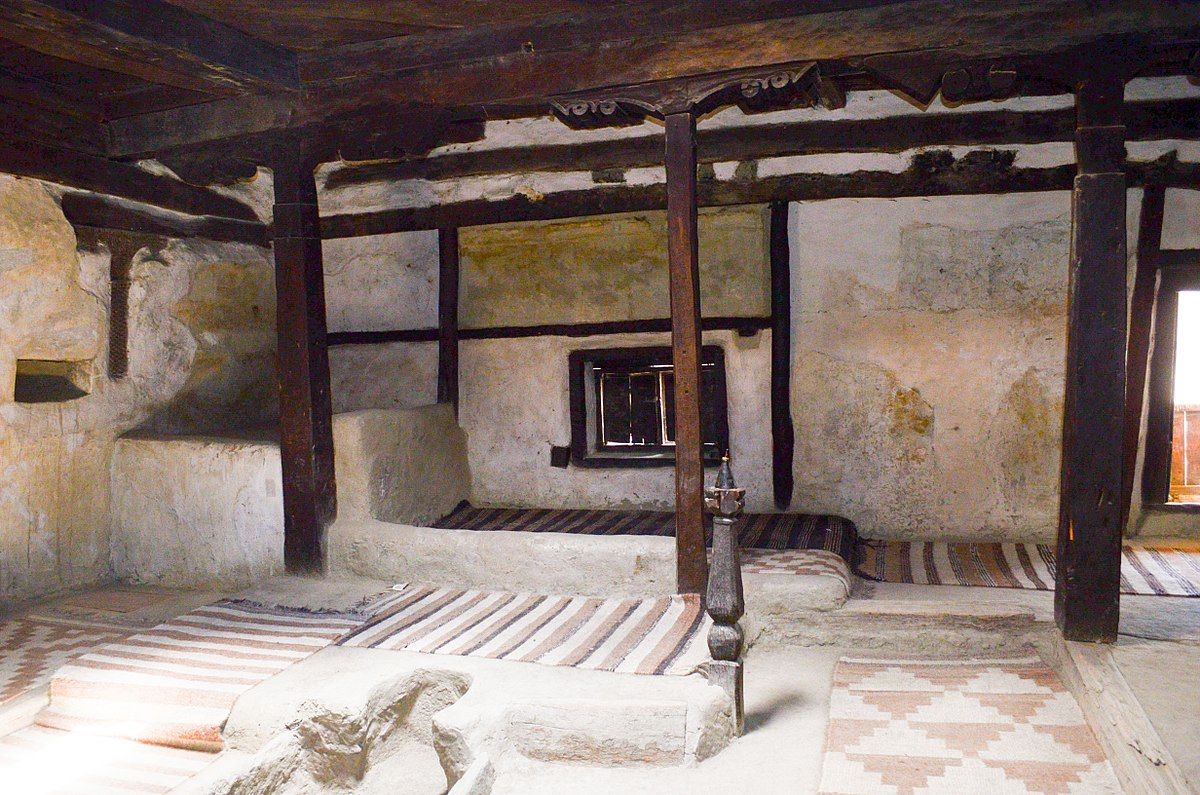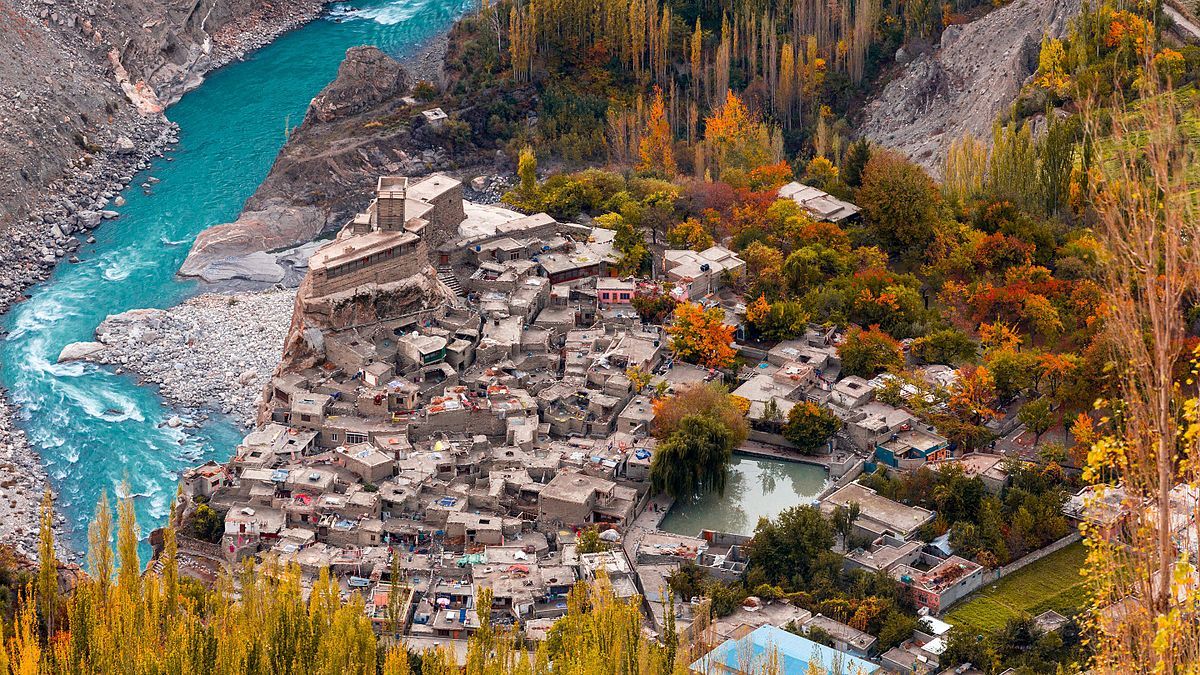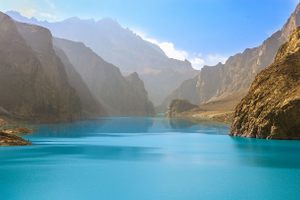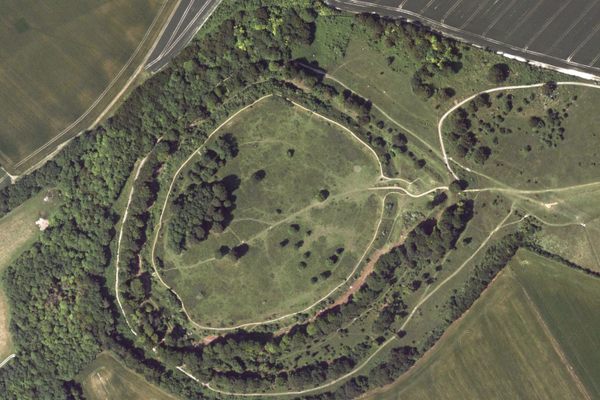About
Different parts of this fort were built between the 11th and 14th centuries, which makes it the oldest fort in the Baltistan region. The fort exhibits distinctive Tibetan architecture, and it is no coincidence, since Baltistan used to belong to the Tibetan Empire from 7th to 9th centuries, and its influence is still present in the customs and language of the Balti people to this day. However, even if the architectural influences are Tibetan, it is believed that the inhabitants of Altit when the fort was built were mainly descendants of the Huns, which explains why Altit was also known as Hunukushal, or town of the Huns.
The history of the fort is drawn from a mixture of documented events and narratives passed down orally from one generation to the next. It is quite certain that a local mir (prince) commissioned the construction of Altit Fort, but his name was not recorded. Perched on top of a cliff with a vertical drop on the Hunza River, this fort enjoyed the dual strategic advantage of being impregnable and having a wide sweeping view of Hunza Valley. This location also meant that the structure had to be built to withstand extremely harsh weather conditions and occasional earthquakes.
Towards the end of the 16th century, a dispute ensued between Shah Abbas and Ali Khan, two brothers belonging to the ruling family. As a result of this dispute, Shah Abbas had the Baltit Fort built just a few kilometers away. After years of conflict, legend has it that Ali Khan was immured alive by his brother in one of the walls of Altit Fort. This led some to believe that the fort has been haunted ever since.
Fort Altit has one single entrance, which is north of the fort, towards the village. Several rooms are open to the public, and so is access to the flat roof where the tower is located. Beautiful wood carvings can be seen throughout the fort, from the complex multi-layered ceiling topped with a sunroof to the intricate details of the door and window frames. A section of the fort consists of prison cells, and it is said that prisoners condemned to death were dropped from the roof along the vertical cliff south of the fort.
Related Tags
Pakistan Uncovered: Modern Culture & Ancient Civilizations
Markets, street food, and desert panoramas in Pakistan.
Book NowCommunity Contributors
Added By
Published
September 16, 2024











































